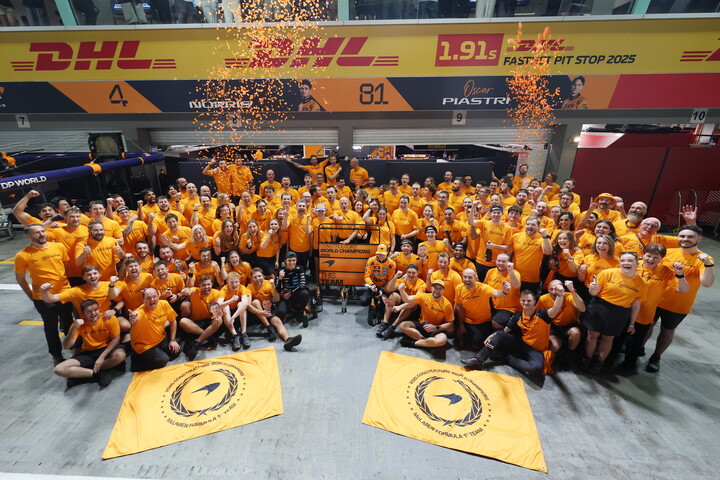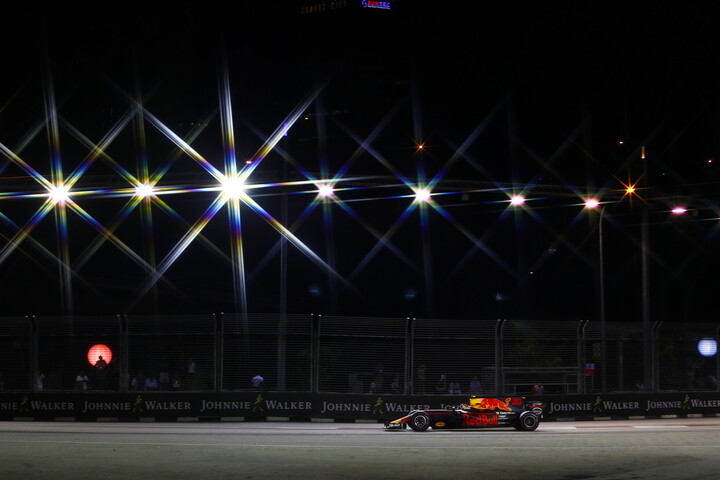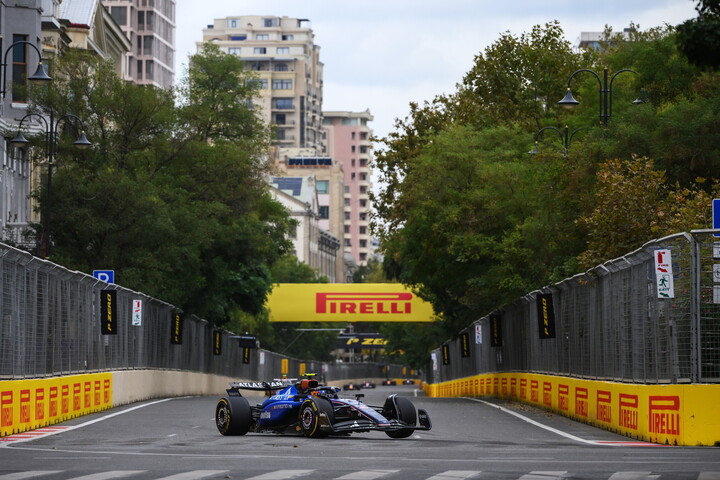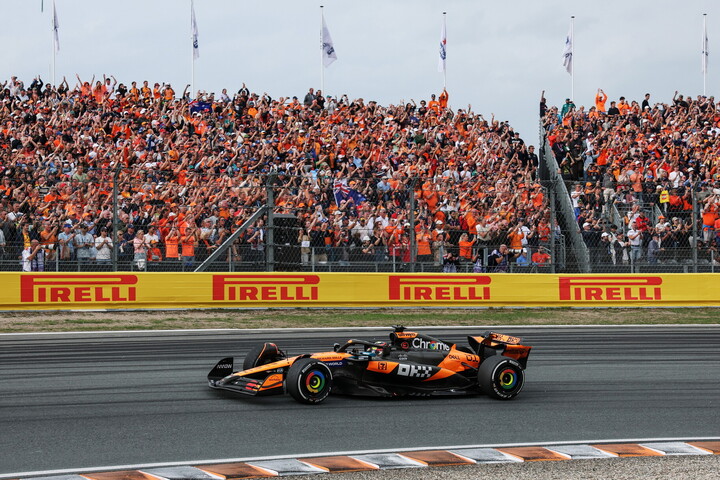On this week #50: Emerson Fittipaldi
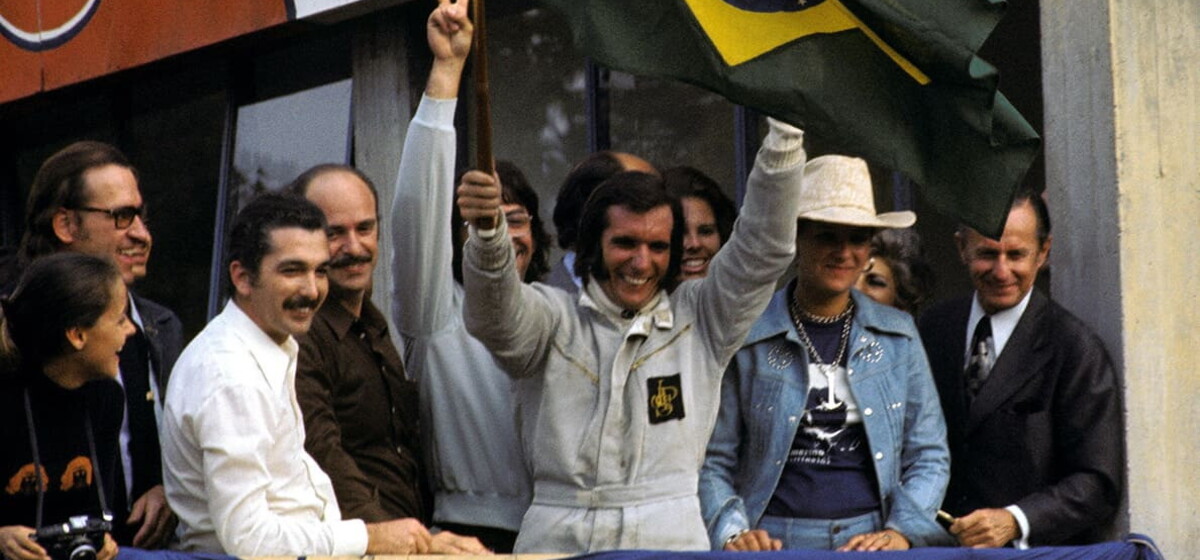
Emerson Fittipaldi was born on 12 December 1946 in Sao Paulo, Brazil. With Italian origins on his father's side from the Basilicata region to be precise, the Fittipaldi family has always been linked to sport. His father Wilson, after whom Emerson's elder brother was named, was a sports journalist with a passion for racing motorcycles. It explains why a 15 year old Emerson first started racing on two wheels, even though he already had links to four wheeled sport as his brother built and tuned karts. Their father was not inclined to finance his two sons' sporting desires, but they gained independence by setting up their own tuning shop, which funded their participation in local championships. In 1967, Emerson won the Brazilian Formula Vee championship with a car prepared by their company and increasing success presented him with a dilemma: to stick with his engineering studies in Brazil or gamble everything on moving to England, at the time the promised land for any young hopefuls wanting to make a go of racing.
On his own and unable to speak the language, he arrived in England and set to work. He bought a Formula Ford and was soon winning races, and the same happened when he moved up to Formula 3, when he took the championship title, despite having a poor start to the season. It impressed Colin Chapman who put him under contract to race for Lotus in Formula 2 in 1970. From then on his career really took off. By the mid-point of the season, Chapman entered a third Formula 1 car at the British Grand Prix for him to drive alongside the regular pair of Jochen Rindt and John Miles. Emerson soon repaid Chapman's faith in him with a great fourth place in Germany. Then came the tragic weekend in Monza that cost the life of Rindt, after which Miles was so shocked that he quit, which left Emerson effectively as the team's number one driver. His results were a significant factor in the Austrian becoming the only driver to become a posthumous world champion. Emerson won the penultimate round, the American Grand Prix at Watkins Glen after an impressive climb up the order, which also prevented Jacky Ickx taking the win he needed if he was to be crowned champion.

Emerson thus became the first Brazilian to win a Formula 1 World Championship Grand Prix. It was an incredibly important achievement for his country. Up until that point, there had been no great interest in Formula 1 in Brazil, unlike the scenario in Argentina thanks to the achievements of Juan Manuel Fangio in the Fifties. In fact, before Emerson, only three Brazilians - Chico Landi, Gino Bianco and Fritz d'Orey – had raced in Formula 1, totalling 13 starts between them, but never making it to the podium.
By 1971, Fittipaldi had become a household name throughout Brazil, and there was talk of the country staging its own Grand Prix, which would become a reality two years later at the Interlagos circuit. However, the winning streak was coming to an end at Lotus. Chapman persisted in developing a turbocharged car that was truly revolutionary but also a failure and Fittipaldi could do no better than two third places in France and England, finishing the championship in sixth place, while Jackie Stewart stormed to a second title. Matters were made far worse when he was quite seriously injured in a road accident while driving across France with his wife Maria Elena. However, 1972 would be his year. With a much improved and highly competitive Lotus, he won five times, in Spain, Belgium, England, Austria and Italy, taking the title with two races in hand, while the team took the Constructors' prize. At the age of 25, he was the youngest world champion in the history of the sport, a title he would only lose in 2005 to Fernando Alonso. He was a big celebrity in his native Brazil, to the extent that a film was made of his life with the impressive title of “O Fabuloso Fittipaldi.”
In 1973, Chapman chose the young Swede, Ronnie Peterson to race alongside the Brazilian. It soon became clear to Emerson that his team-mate was quick, as Peterson took nine pole positions to his one. The Swede also won four races to the reigning champion's three, but Fittipaldi was more consistent and finished higher up the standings. However it was not enough to stop Jackie Stewart taking another title. Both on and off the track, the Brazilian proved to have an analytical mind, good at making the right tactical and strategic choices. In a world with its fair share of prima donnas he came across as straightforward, unpretentious, a breath of fresh air, which endeared him to fans and to the press. He was a shrewd thinker and realised that the growing rivalry with Peterson at Lotus might work against him, so he was more than keen to accept McLaren's lucrative offer for the 1974 season. It proved to be a wise move, because at the wheel of the M23, he took three wins in Brazil, Belgium and Canada, with four more podiums and a further three points finishes. It had been a closely contested season and with Ferrari making a few mistakes, this was enough for Emerson to take his second drivers' crown and ensure that McLaren secured the first of its nine Constructors' titles to date.

The following season the Fittipaldi-McLaren combo was competitive, but this time Ferrari had the edge on the technical front and made no mistakes, so Emerson had to give best to another young Austrian, Niki Lauda. The Brazilian won twice, in Argentina and England, but at the time no one could have known this would be his final Formula 1 victory. After two world titles, 14 wins, six pole positions and 34 podium finishes, Emerson surprised everyone by quitting McLaren to embark on a far riskier adventure, creating a Brazilian Formula 1 team alongside his brother Wilson, who raced in F1 but without coming close to his brother's success. Underpinning the project was money from Copersucar, a company that produced and sold sugar for food and fuel use. The project was a flop and despite the efforts of the two-time world champion, the Copersucar team only finished on the podium once, in Rio de Janeiro in 1978. The team changed its name to Fittipaldi in 1980 but that wasn't enough to save it, nor was a merger with the remnants of the Wolf team because the sugar money dried up. That year, having competed in 144 Grands Prix, Emerson hung up his helmet to manage the team and look for sponsors, but the dream finally expired in 1982. His time in Formula 1 had come to an end and he returned home to Brazil.
But it was not to be the end of his racing career, because in 1984, Emerson made his debut in the American CART series, (currently IndyCar) and it didn't take long for him to once again become a firm favourite with the fans. Driving for Patrick Racing he racked up the wins and in 1989 he even won the legendary Indianapolis 500 and the CART title. He was venerated in America where he became known as “Emmo.” He won the Indy 500 again in 1993 and enjoyed star status in the United States. But then, in 1996 he suffered a terrible crash which put an end to his time in single-seaters. After Wilson and Emerson, two other Fittipaldis raced in Formula 1, Wilson's son Christian took part in 40 Grands Prix for Minardi and Footwork between 1992 and 1994 and Emerson's grandson Pietro twice raced a Haas towards the end of the 2020 season, standing in for Romain Grosjean.

